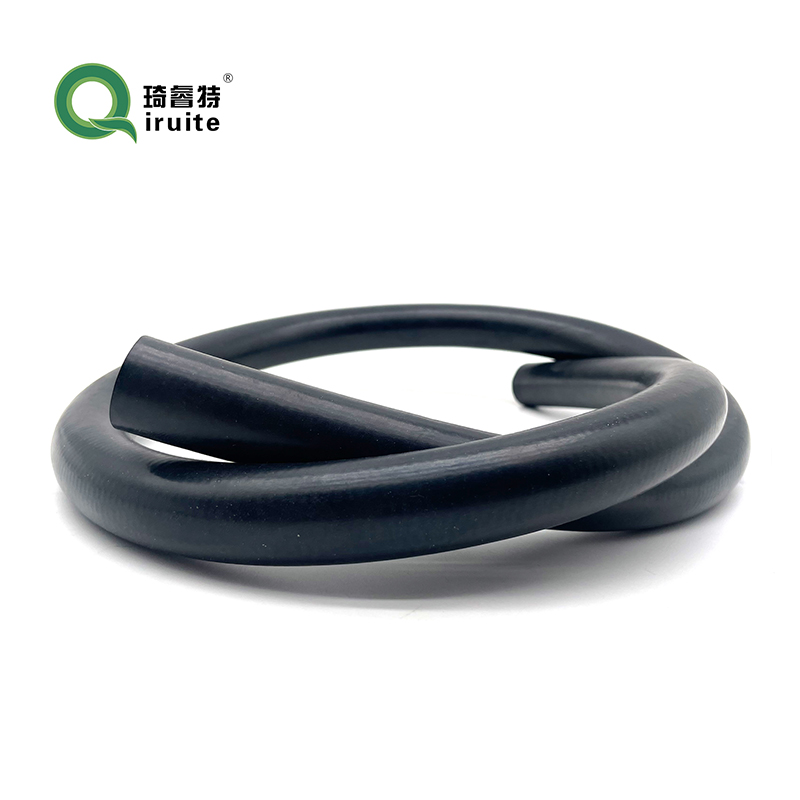auto brake line
Understanding Auto Brake Lines A Crucial Component for Vehicle Safety
When it comes to vehicle safety, the braking system undoubtedly plays a pivotal role. Among the myriad of components that contribute to effective braking performance, the brake line often goes unnoticed, yet it is essential for ensuring that your vehicle stops smoothly and efficiently. This article aims to provide a comprehensive overview of auto brake lines, their function, types, and maintenance tips.
What is a Brake Line?
A brake line is a flexible or rigid tube that connects various components of a vehicle's braking system. Its primary function is to transport brake fluid from the master cylinder (where force is applied when the brake pedal is pressed) to the brake calipers or wheel cylinders, which provide the necessary force to engage the brakes at each wheel. The brake lines are built to withstand high pressure and must be made from durable materials to ensure reliability and safety.
Types of Brake Lines
There are primarily two types of brake lines used in vehicles rigid brake lines and flexible brake lines.
1. Rigid Brake Lines Typically made from metal, rigid brake lines are found in the straight sections of the brake system. These lines are more durable and can resist corrosion, making them suitable for long-term use. They are securely mounted to the car's chassis and provide a stable framework for the brake system.
2. Flexible Brake Lines Flexible brake lines, often made from rubber or synthetic materials, are used in areas where movement occurs, such as where the caliper connects to the wheel assembly. These lines allow for the necessary movement of the suspension and steering components without compromising the integrity of the brake system.
Importance of Brake Lines in Vehicle Safety
auto brake line

The brake line plays an essential role in the overall functionality of a vehicle's braking system. A properly functioning brake line ensures that when the driver presses the brake pedal, the hydraulic force generated transfers seamlessly through the brake fluid to activate the brakes at each wheel. Any damage or failure in the brake line can lead to brake fluid leaks, resulting in decreased braking efficiency, or, in a worst-case scenario, complete brake failure.
Common Issues and Maintenance Tips
While brake lines are designed to be durable, they can suffer from various issues over time, including corrosion, cracking, or leaks. Here are some tips for maintaining your vehicle's brake lines
1. Regular Inspections Periodically inspect brake lines for signs of wear, such as rust, fluid leaks, or bulging sections. It is advisable to check the brake lines during routine vehicle maintenance.
2. Prompt Repairs If you notice any issues with your brake lines, such as a soft brake pedal or fluid leaks, address them immediately. Continuing to drive with compromised brake lines can be dangerous.
3. Proper Bleeding of Brake Lines When replacing brake fluid or repairing the brake system, ensure that the brake lines are properly bled to eliminate any air bubbles that could affect hydraulic pressure.
4. Use Quality Replacement Parts When servicing or replacing brake lines, always opt for high-quality components that meet or exceed manufacturer specifications. Cheap or substandard parts can lead to increased risk of failure.
Conclusion
Auto brake lines are a fundamental element of vehicle safety, acting as the crucial link between the driver’s intention to stop and the car’s ability to respond. Understanding their function and importance can make a significant difference in maintaining vehicle safety. Regular inspection and maintenance of brake lines are essential for ensuring that your vehicle remains safe and roadworthy. Remember, when it comes to brakes, an ounce of prevention truly is worth a pound of cure. Always prioritize brake line integrity to protect not only your safety but also the safety of others on the road.
-
Ultimate Spiral Protection for Hoses & CablesNewsJun.26,2025
-
The Ultimate Quick-Connect Solutions for Every NeedNewsJun.26,2025
-
SAE J1401 Brake Hose: Reliable Choice for Safe BrakingNewsJun.26,2025
-
Reliable J2064 A/C Hoses for Real-World Cooling NeedsNewsJun.26,2025
-
Heavy-Duty Sewer Jetting Hoses Built to LastNewsJun.26,2025
-
Fix Power Steering Tube Leaks Fast – Durable & Affordable SolutionNewsJun.26,2025

